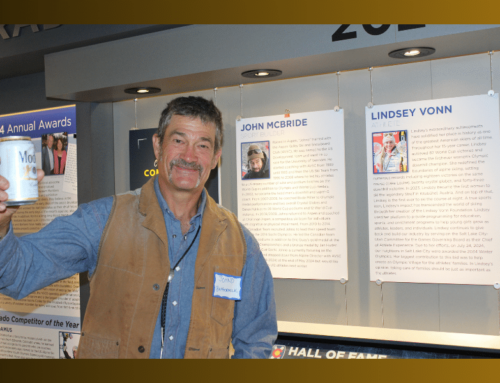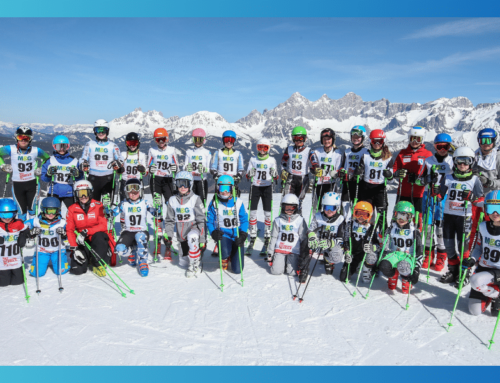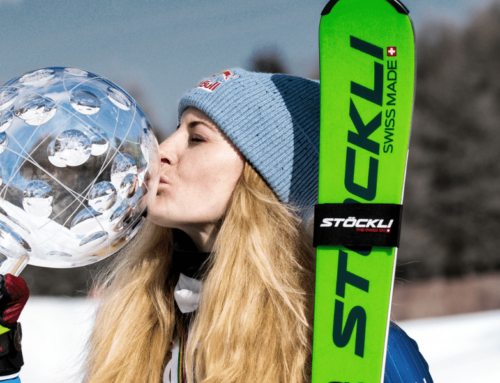Pepi Stiegler: A Glimpse into Austrian Ski Racing’s Early Days
Innsbruck 1964 Men’s Olympic Slalom podium William Kidd (USA), Josef “Pepi” Stiegler (AUT) James Heuga (USA)
Austrian ski racing stands unmatched in its historic dominance, with its athletes winning 121 Olympic medals, including 37 golds, more than any other nation. Since the beginning of Olympic ski competitions, Austrians have consistently reached the podium, missing medals only in 1936 when the men did not compete. This tradition of excellence showcases Austria’s deep connection to the sport and highlights the nation’s role in shaping ski racing’s global history.
In a series of articles, Ski Racing Media will explore the roots of Austrian ski racing and the unique challenges it is currently facing that threaten its dominance. This article focuses on its champion, Pepi Stiegler, and the Austrian reality of the sport during his time as an athlete. It was a time when mountain families had access to the sport.
Pepi Stiegler: A Life on the Slopes and Beyond
Josef “Pepi” Stiegler, born in 1937 in Lienz, Austria, became one of the most iconic figures in ski racing. Growing up in the Osttirol region of Austria, his skiing journey began simply. Still, it led him to the sport’s highest peaks, winning three Olympic medals and establishing an inspiring legacy. This article explores Stiegler’s early days, his challenges, his Olympic glory, and his life beyond ski racing, including his reflections on a few of the critical moments of his remarkable career.
Growing Up in Lienz: Humble Beginnings
Stiegler’s introduction to skiing began early in his childhood, at around seven years old. His family lived near the Gribelehof hotel, and with no ski lifts in the area at the time, Stiegler and a group of local kids would ski simply for fun. “We had some real nice terrain next to the Gribelehof hotel where we lived,” he recalls. “Initially, there was no ski lift. To begin with, a bunch of kids skied there in a very simple way. It was not racing, just recreational skiing.”
The transition to ski racing came much later after Stiegler and his friends learned better techniques. Their recreational skiing slowly transformed into racing at local events. Although his family was not involved in skiing, Stiegler developed his passion alongside other local children who also shared his interest.
Click on images to enlarge


Ski Racing in Austria: Early Challenges
Ski racing wasn’t a well-defined career path then, and Stiegleri faced several obstacles. “Family and schools didn’t understand the path to racing as a path to success,” Stiegler explains. However, he was surrounded by youngsters interested in racing and eventually found a great mentor in Othmar Schneider, a former Olympic skier. “He instilled in us a keen interest in racing,” Stiegler remembers. Othmar coached a group of talented junior skiers, including Stiegler, and helped them access better races.
One of Stiegler’s significant early racing successes was racing in the Grand Prix of Megève, where he won, surprising many in the ski racing community. “A man from Kärnten named Knobloch took a number of us from Osttirol and Kärnten to that race for a few years. Even the Tirolers from larger ski areas like Kitzbühel and Innsbruck wondered how the young guys from my area were racing in such a prestigious race.” Despite coming from a smaller, less famous ski area, Stiegler thrived in the competitive environment, significantly benefiting from the support of mentors like Othmar Schneider.
However, his path had its challenges. Stiegler faced challenges at home and in school. “The school administration was not tolerant of absences due to ski racing, and my parents were not supportive of ski racing at all. They wanted me to advance in school,” Stiegler recalls. Yet, his belief in his skiing career drove him forward, even without the approval of his family and schools. “I felt strongly that I could make a successful life with ski racing,” he says.
Olympic Success and the Evolution of Year-Round Training
Stiegler’s perseverance led him to incredible achievements. He earned a silver medal in the giant slalom at the 1960 Squaw Valley Olympics and two more medals at his home country’s 1964 Innsbruck Olympics: a gold in the slalom and a bronze in the giant slalom. During this era, the Olympics also served as the World Championships, further establishing Stiegler’s status as one of the greats in ski racing.
In Stiegler’s time, Austrian skiers couldn’t access the many regional glacier areas that later drove Austrian off-season training and success for decades. However, after the 1960 Olympics, Stiegler looked for ways to improve. He found year-round skiing in Portillo, Chile, where he trained during the summer. Othmar Schneider, who took over as Ski School Director in Portillo, made this opportunity possible. “A few of us trained there because Othmar Schneider became the Ski School Director in Portillo. That gave accomplished skiers on the team a chance to ski year-round,” Stiegler explains.
“As I became a successful ski racer, I did mostly dryland training in the summer and fall, no glacier skiing,” he says. Dryland training for Stiegler involved “running down the mountain, backcountry hiking,” and other physical activities rather than gym-based workouts.
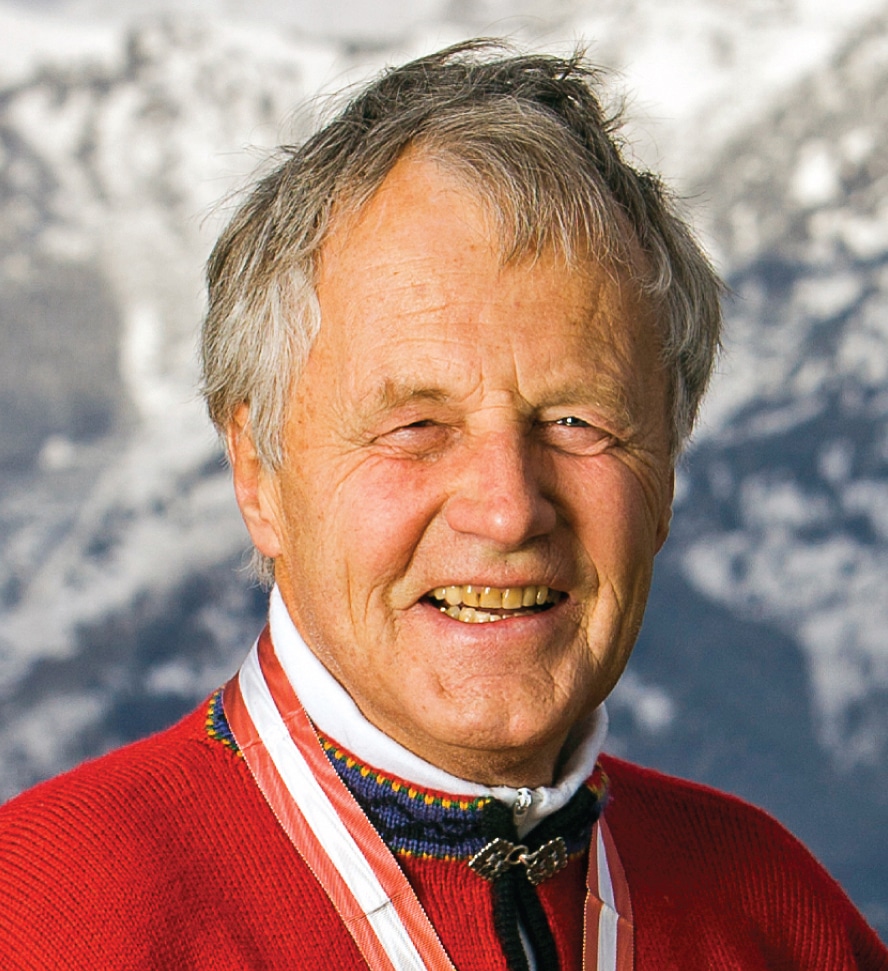
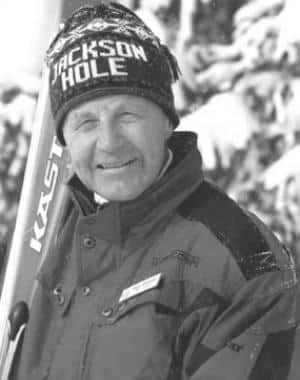
Financial Support and Mentorship
In the early days, Stiegler’s ski racing costs were minimal. “There were no costs at all or a very small fee,” he recalls when discussing the local ski club. He even covered some of his racing expenses by working summer jobs. However, sponsors stepped in to support him financially once Stiegler succeeded.
Othmar Schneider, ever the innovator, helped connect skiers with corporate sponsors. “Promoting the products associated with the sport was a somewhat new idea at the time,” Stiegler explains. Othmar had sponsors during his racing career and brought that model to the next generation, helping racers like Stiegler access financial support.
Moving to America: A New Chapter
After winning Olympic gold in 1964, Stiegler’s options in Austria opened up. Life in Lienz became much easier, and the town even offered to build a hotel for him at Zettersfeld, where he could direct the ski school. However, there was a new opportunity that took Stiegler far from home. It was an offer to move to Jackson Hole, Wyoming, and direct the ski school there.
“I had also attracted the attention of a developer of a new ski resort in America in Jackson Hole, Wyoming. His name was Paul McCollister,” Stiegler recalls. At 27 years old, the offer was too good to refuse. “It was an excellent opportunity for me, and that decision to come to America was a positive adventure and resulted in a nice life for my family and children.”
Although Stiegler settled in the U.S., his heart remained in Austria. “Of course, I dearly love my homeland of Austria and still visit with family, friends, and fellow ski racers,” he says. But his life in Jackson Hole provided a new adventure, including building a career, raising a family, and becoming an integral part of the ski community there. Unsurprisingly, both of Stiegler’s children, Seppi and Resi, competed in World Cup races as members of the U.S. Ski Team. Resi earned a 2012 second-place World Cup slalom podium in Ofterschwang, Germany.
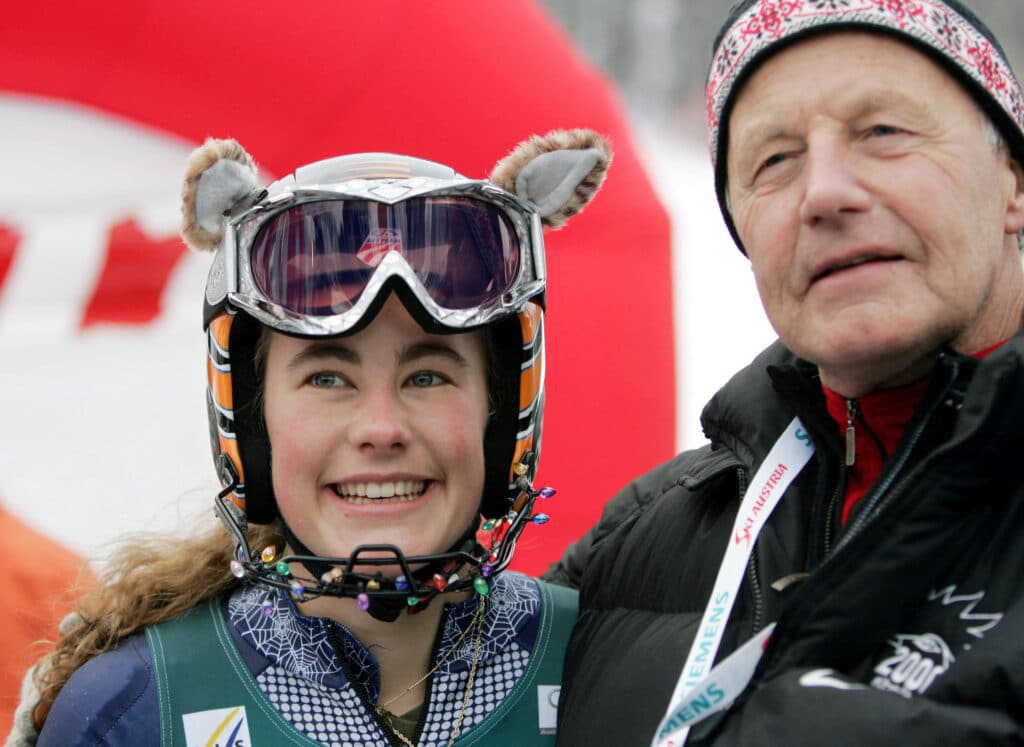
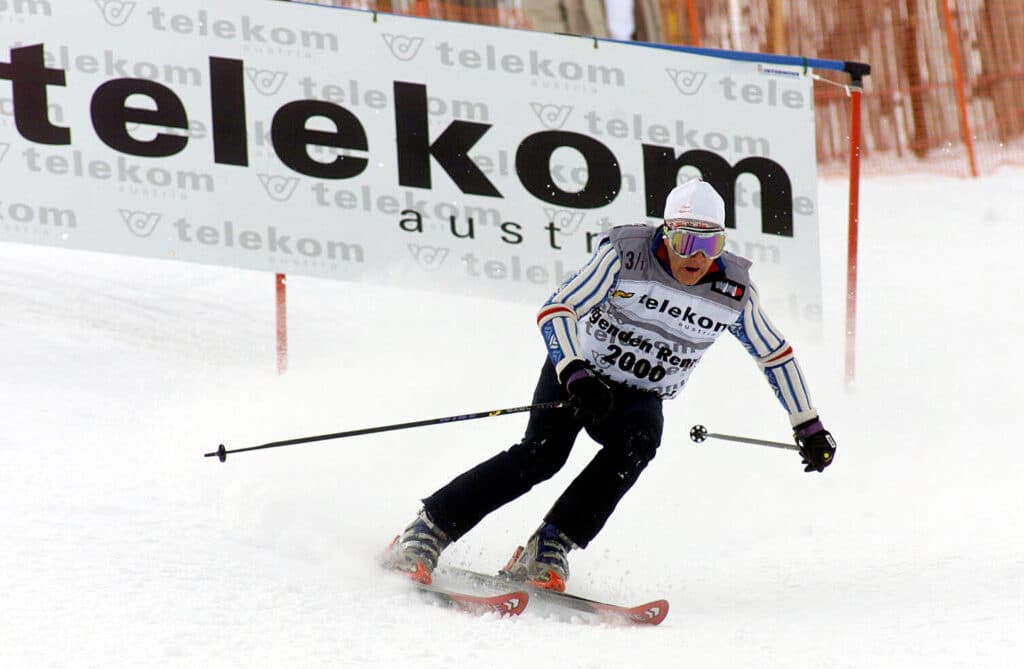
The Drive to Succeed Beyond Ski Racing
Stiegler’s spirit of achievement wasn’t limited to skiing. After retiring as the Director of the Jackson Hole Ski School, Stiegler returned to his studies, achieving a dream he had long held. “I always had a goal of returning to school and achieving a college degree,” he says.
After completing his high school requirements, Pepi earned a Bachelor’s degree in English from Montana State University in 2002. “I will say that I am naturally an achiever and I did eventually do just that,” Stiegler proudly shares.
Conclusion
Josef “Pepi” Stiegler’s story is about determination, passion, and overcoming obstacles to achieve excellence. From his early days skiing with friends in Lienz, through the challenges he faced in pursuing his racing career, to his Olympic success and his life in the U.S., Stiegler’s journey is a testament to perseverance and mentorship. His legacy is one of the hard-won victories on the slopes and personal triumphs off the mountain, reminding us that the path to success is rarely straightforward but likely rewarding.

